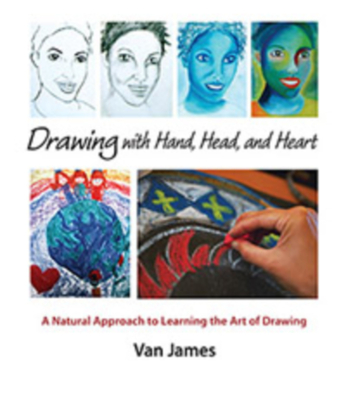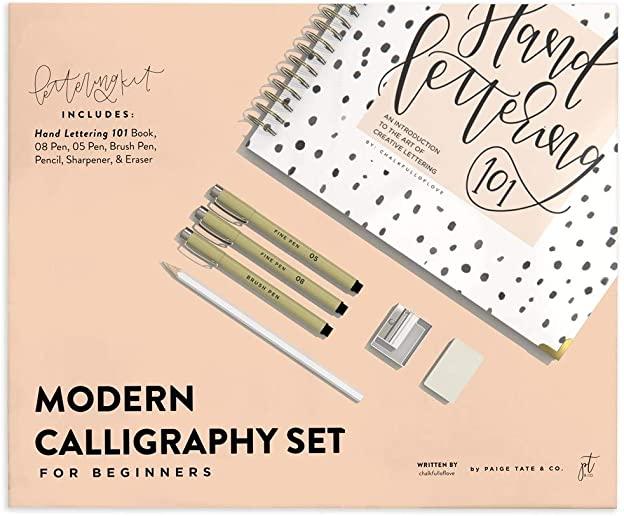
Catherine, Holmes V.
product information
description
s of adding depth, contrast, character and movement to your drawings. By controlling pencil pressure and stroke, understanding light and having knowledge of blending techniques, an artist can enhance their work and offer the "wow" factor needed to produce photorealistic artworks. Drawing Dimensions - A Shading Guide for Teachers and Students offers a series of shading tutorials that are easy to understand and simple to follow, it goes beyond the standard "step by step" instruction to offer readers an in-depth look at a variety of shading techniques and their applications. Inside this book is a series of lessons designed to teach you how to add dimensions to your own drawings, how to analyze real life objects and shade, create highlights, blend tones and produce realistic drawings with ease. Other types of shading covered in this book include hatching, cross hatching and stippling techniques, you'll also learn how to use contrast to set a mood and create a focal point, at last - we'll put all of these skills to the test and work together to produce a beautiful piece of art.
Drawing Dimensions - A Shading Guide for Teachers and Students includes many resources to help you along the way through examples, tips on what you should aim for and pitfalls to avoid. Each lesson is tailored to help you refine your shading techniques so you can add more depth and realism to your work. The book is perfectly suitable for beginners and moderates of all ages, students and teachers, professionals and novices, anyone can learn how to shade like a pro! All you need is a pencil and a piece of paper and you'll be well on your way to creating spectacular works of art.
member goods
No member items were found under this heading.
listens & views

KING OF KONG: A FISTFUL ...
by KING OF KONG: A FISTFUL OF QUARTERS / O.S.T.
COMPACT DISCout of stock
$16.49
Return Policy
All sales are final
Shipping
No special shipping considerations available.
Shipping fees determined at checkout.






